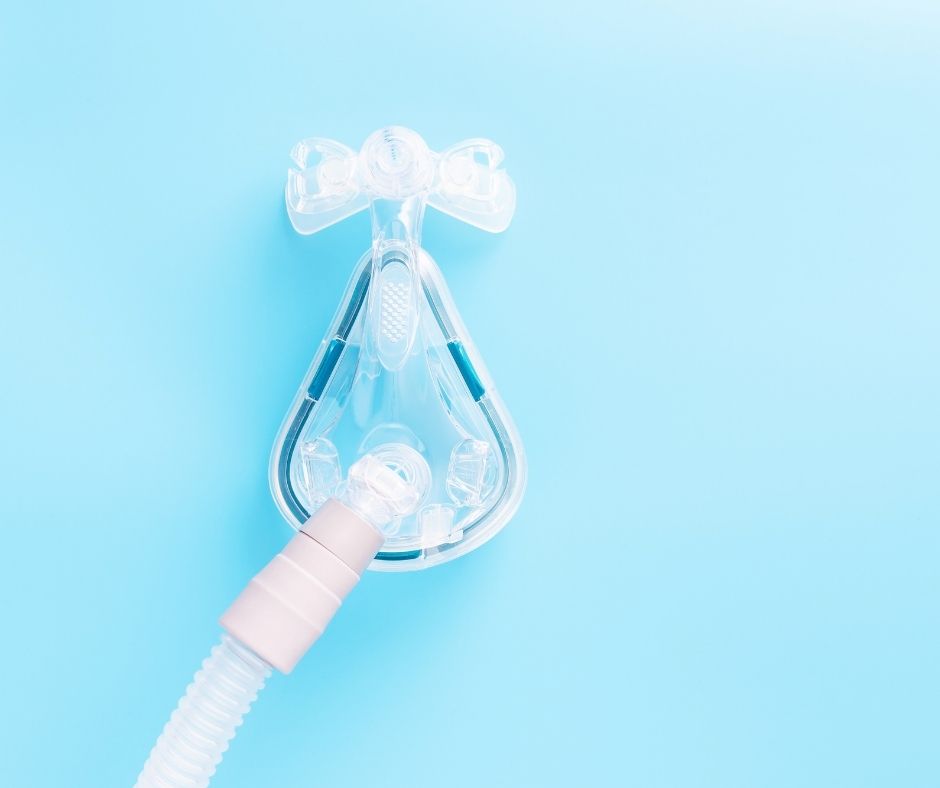Talking About Sleep Apnea

Daytime sleepiness and snoring are 2 of the main symptoms of obstructive sleep apnea (OSA).
With OSA, the back of the throat and the tongue relax and block the airway during sleep. If you cannot get a breath, you may wake up slightly to reposition yourself and clear your airway. This can happen several times a night, keeping you from getting a restful night’s sleep.
It may seem odd to talk to your dentist about your sleep habits, but he or she has a strong knowledge of the oral structures that can cause OSA. Your dentist might also detect oral signs of OSA, like dry mouth (as a result of mouth breathing) or ridges in the tongue, which could indicate forward pressure as you try to open the airway during sleep. Your dentist can be a key player in treating OSA.
What Puts Me At Risk of Having Obstructive Sleep Apnea?
While OSA can occur in children, it is more common in adults. The risk of having OSA increases with age. Hormones may play a role in OSA as well. Before menopause, women are less likely than men to have OSA. That risk remains lower for women who take hormone replacement therapy after menopause, but it evens out between women who do not take hormone replacement therapy and men.
Other factors that can increase your risk include
▪being overweight
▪tobacco use
▪alcohol use.
Despite no evidence that 1 condition causes the other, people with OSA seem to be at higher risk of having a number of other conditions, including
▪high blood pressure
▪diabetes
▪heart attack
▪stroke.
Treating Obstructive Sleep Apnea
If you think you may have OSA, talk to your dentist. He or she can work with your physician in addressing the issue. Your physician may ask you to complete a sleep study, where you go to a medical office overnight. While you sleep, a specially trained technician will monitor your breathing and the quality of your sleep.
The first steps to managing OSA might be addressing some contributing factors, including losing weight, quitting smoking, and avoiding alcohol.
In addition, a continuous positive airway pressure (CPAP) machine can be used to treat OSA. The CPAP machine has a mask that covers your nose only or your nose and mouth while you sleep. It lightly blows air to help keep your airway open. It is effective for nearly 3 of 4 people.